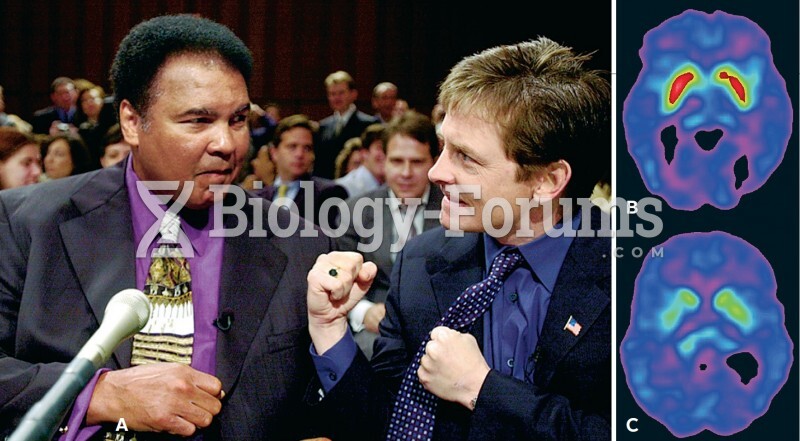Answer to Question 1
ANS: Students' answers will vary.
According to the sociality corollary of Kelly's personal construct theory, it is not enough for one person to construe or interpret experiences in the same way as another person. The first person must also construe the other person's constructs. In other words, we must understand how another person thinks if we are to anticipate how that person will predict events. Each role is a behavior pattern that evolves from understanding how the other person construes events. In a sense, then, we fit ourselves into the other person's constructs.
In conflicts between nations and countries which escalate into wars, either parties fail to fit themselves in the constructs of the other party, which leads to the lack of congeniality between the two. This can be attributed to the lack of permeability of the constructs of any or both of the conflicting parties. An impermeable or rigid construct is not capable of being changed, no matter what our experiences tell us.
However, Kelly stated that we are not prisoners of our past mistakes concerning aggression and are not bound by historical determinism. Therefore, we can learn new constructs to replace old constructs that are better suited for in our lives.
Answer to Question 2
ANS: The dichotomy corollary states that our constructs must always be framed in terms of a pair of mutually exclusive alternatives. All constructs are bipolar or dichotomous. This is necessary if we are to anticipate future events correctly. Just as we note similarities among people or events, we must also account for dissimilarities. For example, it is not enough to have a construct about a friend that describes the personal characteristic of honesty. We must also consider the opposite, dishonesty, to explain how the honest person differs from someone who is not honest. If we did not make this distinctionif we assumed that all people are honestthen forming a construct about honesty would not help us anticipate or predict anything about people we might meet in the future. A person can be expected to be honest only in contrast to someone who is expected to be dishonest. The appropriate personal construct in this example, then, is honest versus dishonest.







